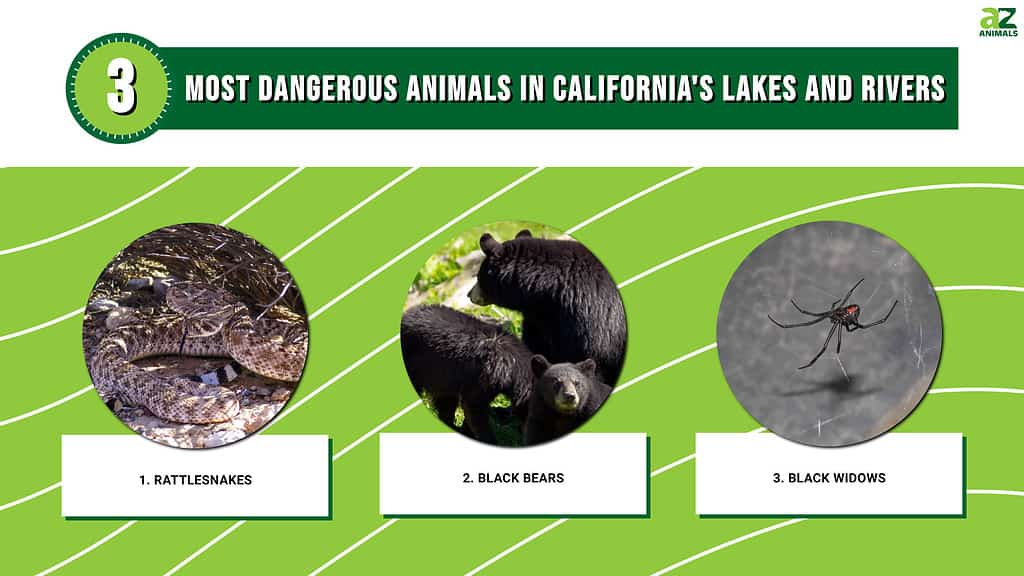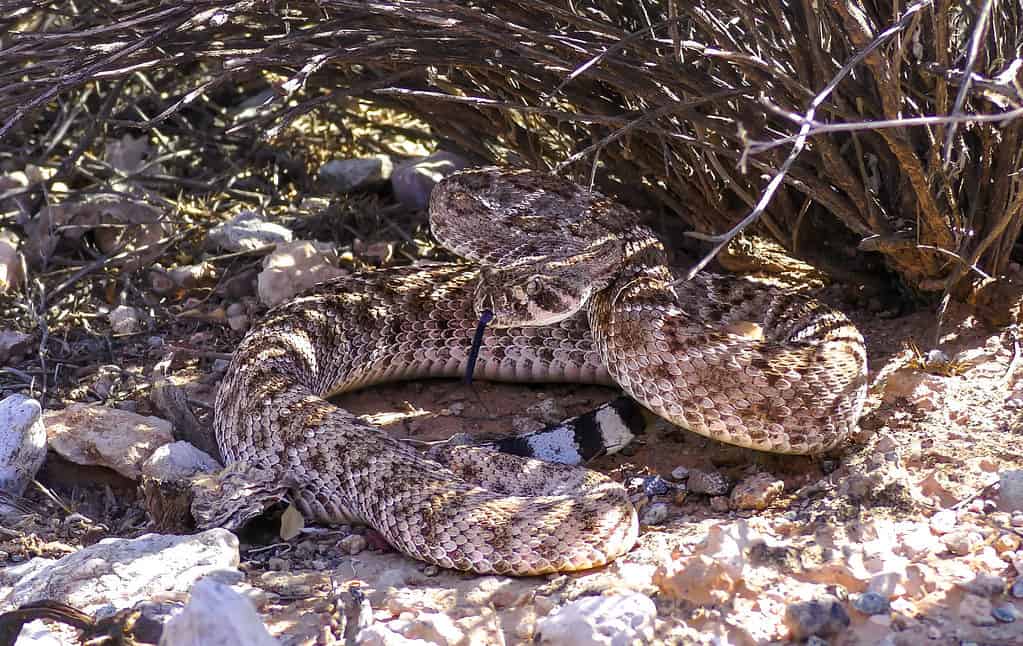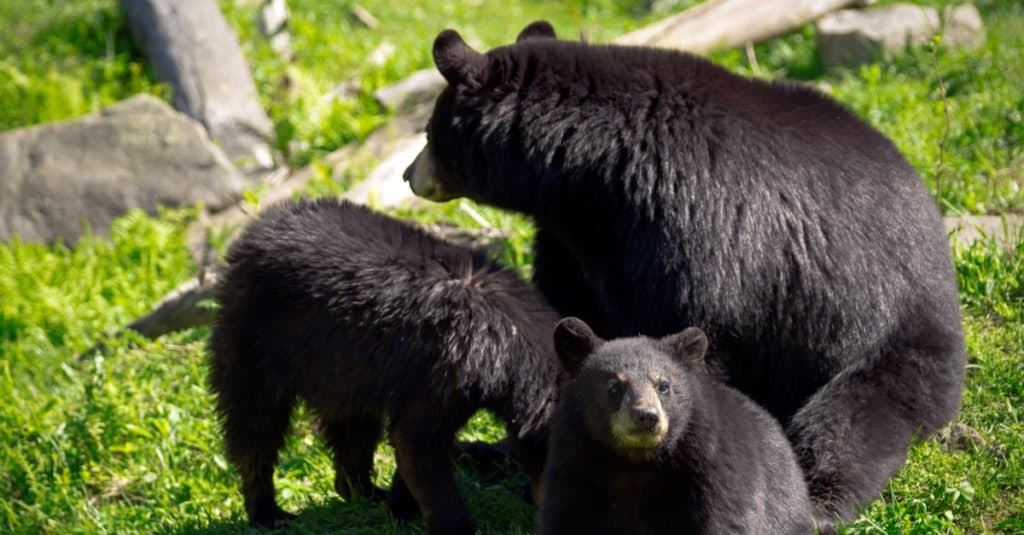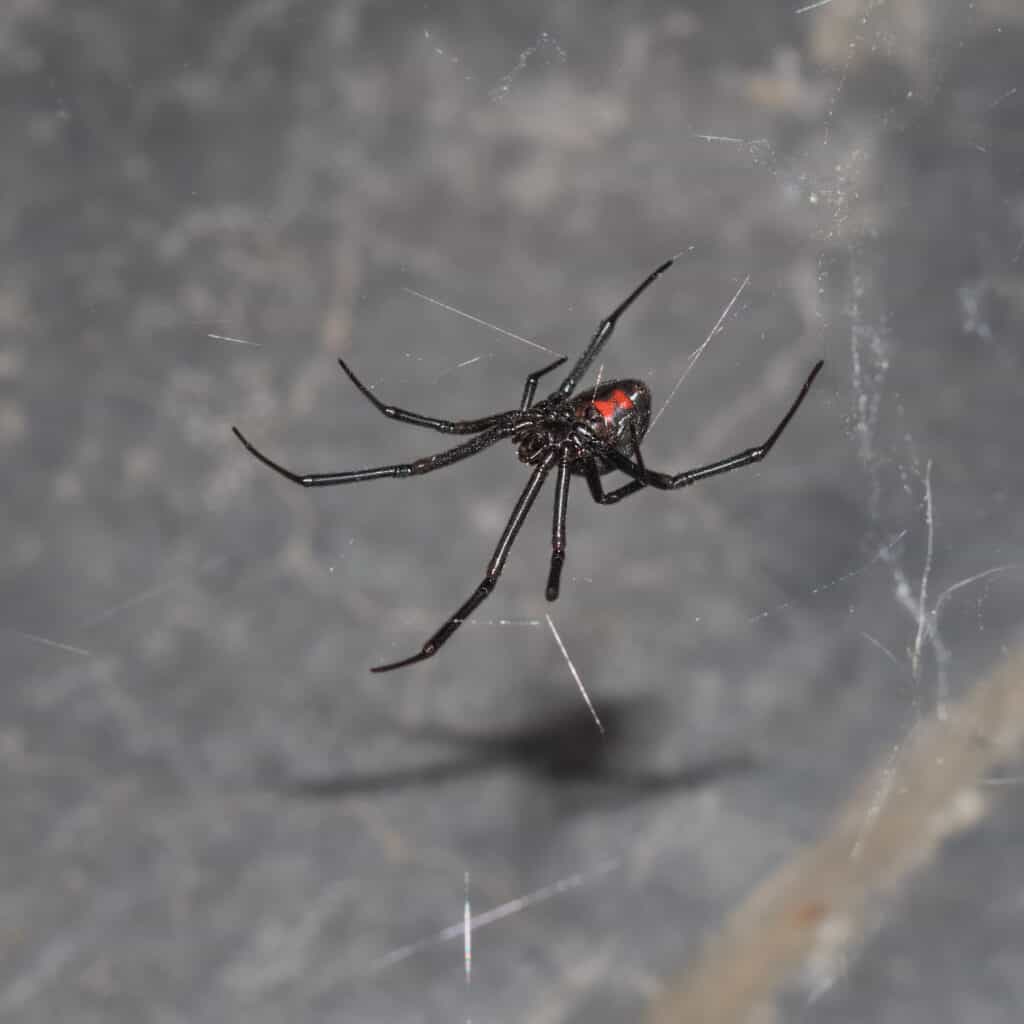The California sun isn’t exactly a rarity but when it’s out, lakes and rivers call. Before you head out to enjoy recreational activities in the water, make sure you’re aware of what you may encounter. Discover the three most dangerous animals swimming in California’s water bodies!
3 Deadly Animals in the Lakes and Rivers of California

Before you head to the water, it’s best to be aware of what animals you may encounter.
©
1. Rattlesnakes
Riverbanks are a favorite for venomous rattlesnakes. They enjoy the sunlight as much as any Californian on a warm sunny day, especially during the spring season. This is when rattlesnakes are most prevalent in the state. These snakes got their name because of the rattling sound they make when they’re feeling threatened.
It’s a good sound if you happen to hear it because it means you are getting a fair warning of what’s to come. That also means you have enough time to create some space between you and the rattler that’s feeling like you’ve come too close. There are seven different rattlesnake species found throughout the state, with the most common being the western rattlesnake.

Western diamondback rattlesnakes are considered the most dangerous in California.
©iStock.com/Banu R
2. Black Bears
Black bears are found throughout national parks in California. They like a variety of different habitats, some drier than others. Although they enjoy the valley foothills, they are also found in grasslands and around bodies of water like lakes and rivers. The black bear population has only been increasing in California, which is why there have been many more sightings in recent years.
These bears are good swimmers, able to get through rivers and lakes, maybe snacking on some fish while they’re splashing about. They’re generally more even-tempered than their grizzly counterparts, but that doesn’t mean they aren’t dangerous. A mother bear defending her cubs is perhaps the most dangerous black bear you could ever encounter.

A black bear mama with cubs can get fiercely protective.
©Derek R. Audette/Shutterstock.com
3. Black Widows
It’s not exactly a swimmer, but the black widow can float on water. These spiders are venomous, which is what makes them dangerous. The pain of a black widow’s bite is unmistakable. It sets in right away and is often described as a burning sensation. What makes the black widow’s venom unique is that in some people, the resulting symptoms of a bite are minor.
In others, the bites may cause a severe response. Some of the symptoms of a black widow bite include stiff muscles, nausea, vomiting, difficulty breathing, rash, itching, swelling, and weakness. In some people, tremors develop as well. If a black widow bites a child, medical attention is required right away. These bites can be fatal to children.

Black widows have a highly toxic venom but are generally very passive, shy creatures.
©iStock.com/Shravan Sundaram Photography
Summary of 3 Most Dangerous Animals Swimming in California’s Lakes and Rivers
Here’s a quick recap of the three most deadly animals that can be found in California’s water bodies.
| Number | Animal | Danger |
|---|---|---|
| 1 | Rattlesnakes | Venomous |
| 2 | Black Bears | Aggressive when defending cubs |
| 3 | Black Widows | Venomous |
The photo featured at the top of this post is © thomaslabriekl/Shutterstock.com
Thank you for reading! Have some feedback for us? Contact the AZ Animals editorial team.






